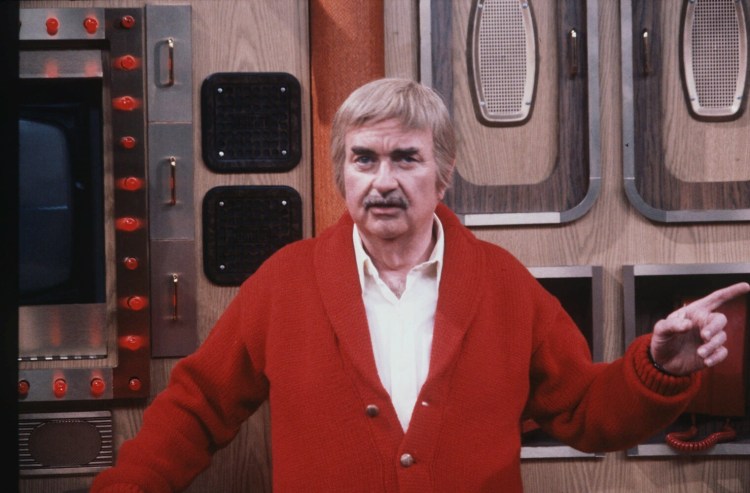At a news conference Tuesday morning, Rep. Matt Gaetz, R-Fla., had this to say about the latest developments in the impeachment inquiry being led by House Democrats:
“What we see in this impeachment is a kangaroo court, and Chairman Schiff is acting like a malicious Captain Kangaroo.”
So.
Here we are in 2019, where it has become necessary to explain that the classic children’s television show “Captain Kangaroo” was not a courtroom drama. This may be news to Gaetz, since the last episode of the show, which ran from 1955 to 1984, aired when the congressman was about 2 years old.
Matt Gaetz: “What we see in this impeachment is a kangaroo court and Chairman Schiff is acting like a malicious Captain Kangaroo.” pic.twitter.com/QQPaj8sR0p
— The Washington Post (@washingtonpost) October 8, 2019
Bob Keeshan, the actor who played Captain Kangaroo, was not a captain, a kangaroo or even Australian. Originally from Queens, New York, he served in the Marine Corps during World War II, though he never saw combat. (Long-standing rumors that he and Lee Marvin were heroes at the Battle of Iwo Jima are not true.)
Before inventing and portraying Captain Kangaroo – so named because of his large pockets – he played Clarabell the Clown on another kids’ program, “The Howdy Doody Show.”
So “kangaroo courts” don’t come from a kids’ show. But if you thought the term – meaning an informal or improper court with no legal standing – comes from Australia, you would also be mistaken.
There are many theories about the American origins of the term, none of which have been definitively proved. According to the Oxford English Dictionary, it first appeared in print in the 1853 novel “A Stray Yankee in Texas,” in a description of a farcical court assembled by drinking buddies to “prosecute” one of their friends for kissing a black woman.
But it may date even earlier than that, back to the 1849 California Gold Rush. In 1985, the nationally syndicated column “The Straight Dope” explained that “some say miners established kangaroo courts to deal with claim jumpers (get it?).”
Those miners may have had Australia on the brain, because more than 11,000 Australians, many of them former prisoners, migrated to San Francisco during the Gold Rush. They were generally regarded as uncouth troublemakers known for drunkenness, arson and hiring “low women.” As the San Francisco Chronicle explained, one denizen of the “Sydney-Town” slum was famous for eating literally anything you put in front of him – for the right price (a nickel!).
It got so bad that residents formed a vigilante group that lynched two Australians, deported 14 more and intimidated others into fleeing.
On Tuesday morning, the Merriam-Webster Dictionary tweeted that “kangaroo court” was its top trending search. It had also found an even earlier first reference for the term, dating to 1841 and describing a lynching of “loafers . . . instituted by the kangaroo court.”
Captain Kangaroo, who taught kids to be safe, follow the law and respect playmates, probably would not have approved.
Send questions/comments to the editors.



Comments are no longer available on this story